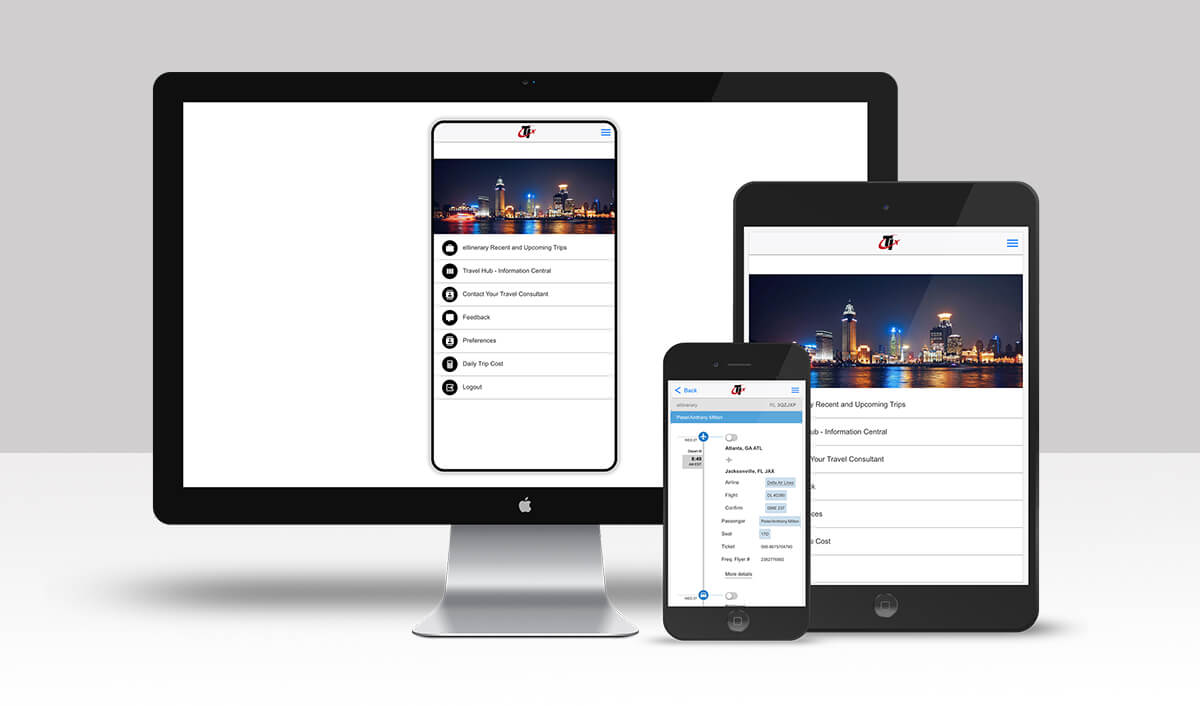
Brand Image - Brand Identity - Brand Strategy
By Scott D. White
Consumers perceive and accept many brands within a certain trade group in different ways. By personifying a brand (How would you describe brand X if it were a person?) we can find out, that for instance consumers perceive brand A as a young, impulsive, lively, attractive, energetic woman full of ideas. In the same way could brand B be an elderly, conservative and relaxed man. The brand can also have a completely inexpressive and bad image. That is how brand C may not have any real personal characteristics, slim, tall, unnoticeable and calm.
The image basically expresses a way a consumer thinks about the brand and the feelings the brand arouses when the consumer thinks about it. On the basis of these characteristics, which the consumer associates with the brand, the company can build a competitive advantage for its brand.
What sort of image should our brand have?
Before answering this question it is important to take into account several factors and market circumstances: company goals, consumer wishes and expectations, trade groups and several other groups. A company builds its brand image through trade communication with its consumers. That is how a company informs the consumer of what the brand represents, what its values are, what the company is offering or guaranteeing the consumer, what its advantages are, its qualities etc. The consumers interpret all obtained information and form a subjective perception of the brand or its image.
Why research the brand image?
Understanding a brand image is of key importance to long-term management of a brand. It is also important how the consumers formed the brand and what kind of relationship was formed with the brand - what the brand means to them and how they have accepted it. Understanding the relationship between consumers and brands can help a company control its successful brand positioning and the efficiency of advertising.
How do we research the image?
The brand image is formed in the long-term and represents a non-conscious and "untouchable" area, which needs to be researched using projective researching methods that help the consumer to overcome certain obstacles and limitations as well helping him to be inspired in the world of brand names. The consumer does therefore not only focus on the brand, but mainly on his experience with it and on its usual users. He focuses on the opportunities, which are most suitable for the specific brand and what sort of image the brand presents etc.
We are able to research and describe the brand from various perspectives. We obtain many different associations, ideas, benefits and people whom the consumer in some way connects to brands, which need to be suitably and correctly interpreted. It is important to define the key characteristics and values, which are connected to a specific brand by the consumer. Relevant findings show results of long-term management of a brand and represent key dimensions on which the competitive advantage of a brand is based.
7 Branding Secrets
Every company has a brand (how people think of them) whether they created it through design or accident. By creating your brand through design, you shape the way you wish your company...
 TripCalendar
TripCalendar TI Mobile Demo
TI Mobile Demo Challenge Coin
Challenge Coin